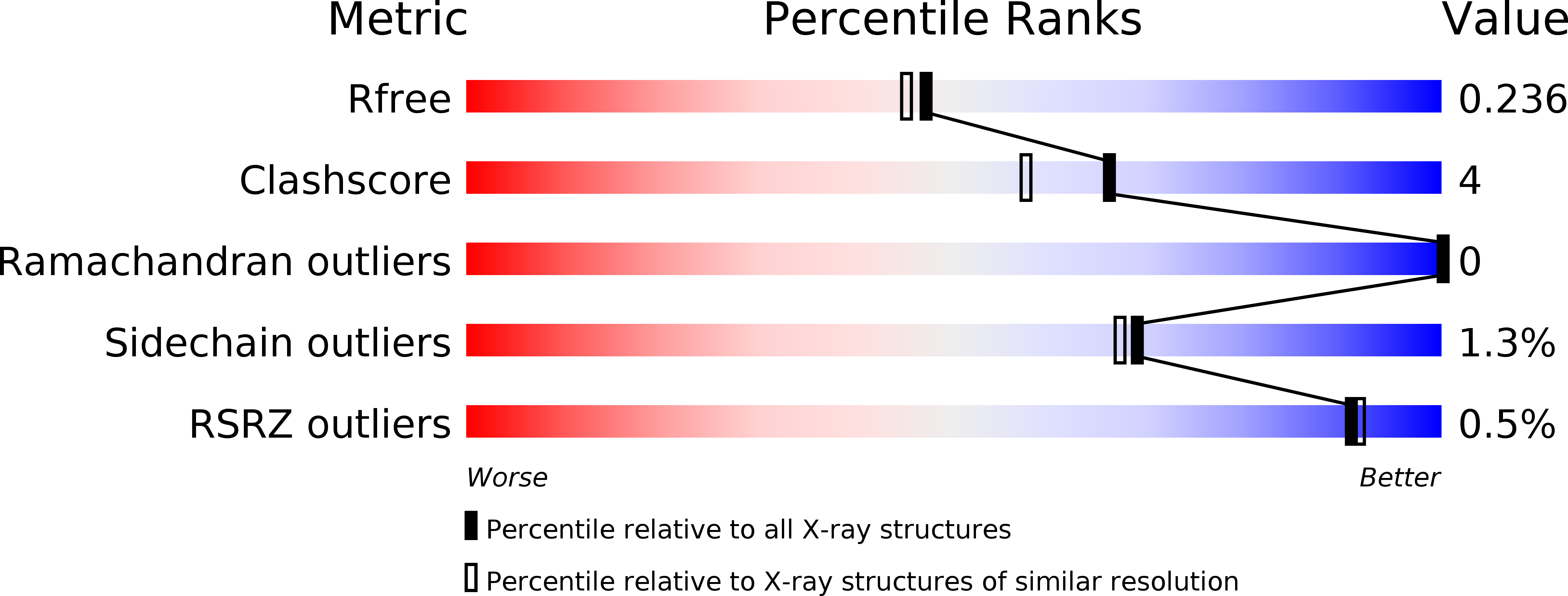
Deposition Date
2017-07-25
Release Date
2017-11-01
Last Version Date
2024-10-30
Method Details:
Experimental Method:
Resolution:
2.06 Å
R-Value Free:
0.22
R-Value Work:
0.17
R-Value Observed:
0.17
Space Group:
P 21 21 21


